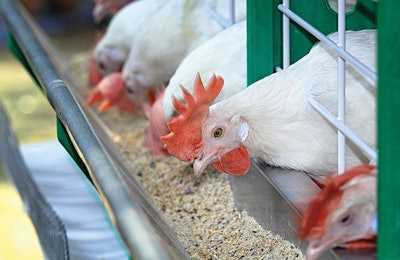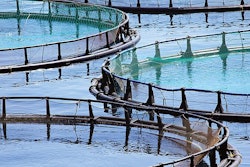
Will complete in-progress work to focus solely on meeting demand for liquid and encapsulated lysine products
ADM said it will end production of dry lysine in the first half of 2021, and will shift its focus solely to customer needs for liquid and encapsulated lysine products.
“Animal nutrition is a growing and evolving industry, and as a global leader in this space, we’re proud to meet customer needs with modern, innovative products,” said Pierre Joseph Paoli, president, Feed Ingredients and Additives at ADM. “We’re seeing good growth from existing and new customers, and we’ve received great feedback as we’ve worked closely with producers to transition them to our liquid lysine products and delivery systems, as well as to our innovative new encapsulated lysine products. Simultaneously, market conditions for dry lysine have eroded, as global industry capacity has expanded faster than demand. We are pleased to continue to invest to serve our customers with cutting-edge ingredients and services, while simultaneously refocusing and strengthening this segment of our animal nutrition business portfolio.”
Throughout 2020, ADM has been working closely with swine and poultry feed producers to transition to liquid lysine, installing equipment in their plants and providing them with superior service through the company’s Online Inventory Management System. In addition, the company continues to introduce new, highly effective differentiated solutions for dairy cows, including NutriPass L, an encapsulated lysine product that delivers a consistent supply of metabolized lysine to the animal. The company said it will continue working with customers to ensure a seamless transition within its product portfolio before ending production of dry lysine.
Lysine is an essential amino acid in nutrition. It is used to address the nutrient requirements of the animal and improve production performance for producers to deliver milk, meat and eggs to consumers.















